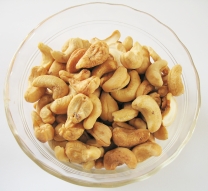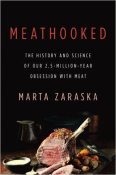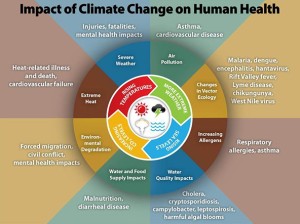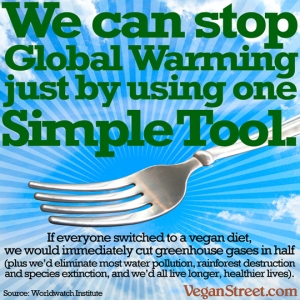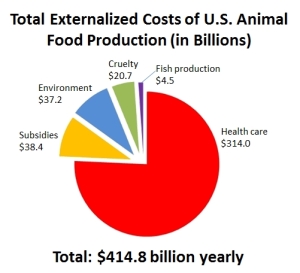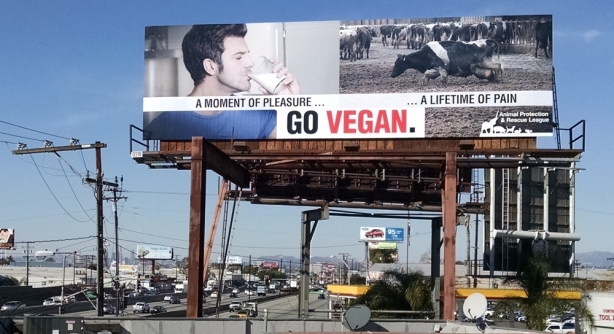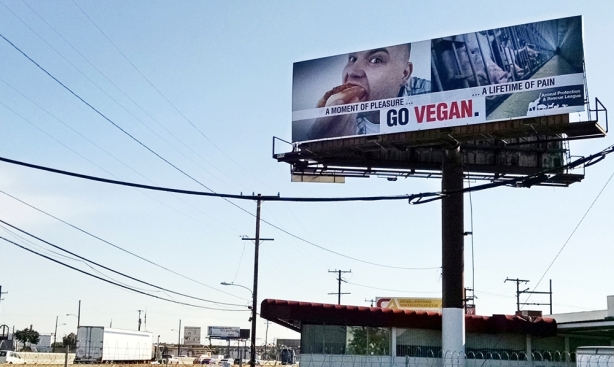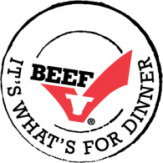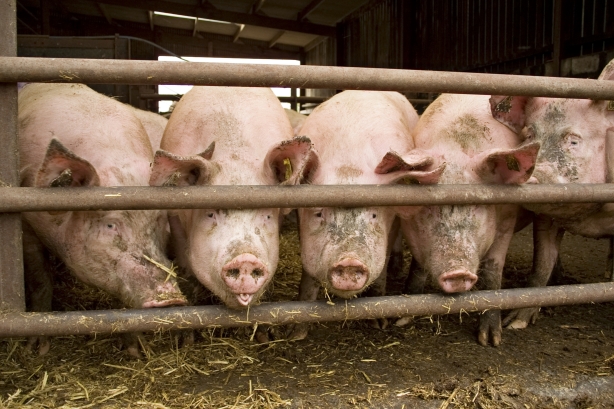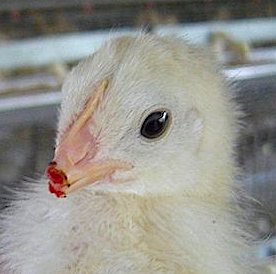By Robert C. Jones[1]
 When he famously asked “Can they [animals] suffer?” two and half centuries ago, Jeremy Bentham proposed the notion that the capacity to feel pain is enough to entitle animals to moral consideration. Today, research continues to emerge showing that animals previously thought to have no capacity to feel pain can, in fact, suffer. In this blog post, adapted from a longer article I wrote titled “The Lobster Considered” (inspired by David Foster Wallace’s masterpiece, “Consider the Lobster”),[2] I explore recent research into the capacity for pain in insects, spiders and crustaceans, and the implications for extending moral consideration to these animals.
When he famously asked “Can they [animals] suffer?” two and half centuries ago, Jeremy Bentham proposed the notion that the capacity to feel pain is enough to entitle animals to moral consideration. Today, research continues to emerge showing that animals previously thought to have no capacity to feel pain can, in fact, suffer. In this blog post, adapted from a longer article I wrote titled “The Lobster Considered” (inspired by David Foster Wallace’s masterpiece, “Consider the Lobster”),[2] I explore recent research into the capacity for pain in insects, spiders and crustaceans, and the implications for extending moral consideration to these animals.
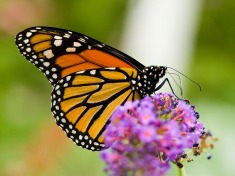 The literature on insect and arachnid pain is astonishingly impoverished. For over 30 years, the established view (made so by one Sir Prof. Vincent Brian Wigglesworth)[3] has been that insects by and large do not feel pain. Yet, Wigglesworth goes on to argue that certain insect behaviors (e.g., escape behavior when presented with noxious stimuli) indicate that some insects must experience some form of pain. Later researchers[4] conclude that the evidence “does not appear to support the occurrence in insects of a pain state.”[5] However, others[6] have discovered nociception (the processing of nerve stimuli associated with pain) in at least some insects, namely Drosophila (a genus of small flies).[7] And yet another group of researchers finds nociception in response to thermal noxious stimuli as well as what the researchers refer to as a “pain” gene in Drosophila.[8]
The literature on insect and arachnid pain is astonishingly impoverished. For over 30 years, the established view (made so by one Sir Prof. Vincent Brian Wigglesworth)[3] has been that insects by and large do not feel pain. Yet, Wigglesworth goes on to argue that certain insect behaviors (e.g., escape behavior when presented with noxious stimuli) indicate that some insects must experience some form of pain. Later researchers[4] conclude that the evidence “does not appear to support the occurrence in insects of a pain state.”[5] However, others[6] have discovered nociception (the processing of nerve stimuli associated with pain) in at least some insects, namely Drosophila (a genus of small flies).[7] And yet another group of researchers finds nociception in response to thermal noxious stimuli as well as what the researchers refer to as a “pain” gene in Drosophila.[8]
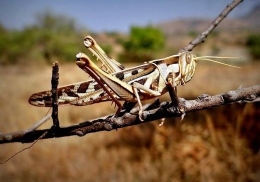 In a 1999 study carried out by V E. Dyakonova at the Russian Academy of Sciences, opioid receptors and evidence of pain were discovered in crickets.[9] The experimental setup involved Dyakonova noting the amount of time it took before crickets jumped from a hot plate whose temperature was gradually elevated. Dyakonova then administered morphine to the crickets in three separate and increasing doses. His findings indicate that the morphine elongated the period of the avoidance of the hot surface by the crickets (the length of which increased in correlation with higher doses of morphine).[10] Other evidence of insect pain includes evidence of nociception (or, at least, a nociceptive response) in moth larvae,[11] and in work on spider pain, another team of researchers find that “[t]he sensing mechanism by which spiders detect injected harmful chemicals such as venoms … may be fundamentally similar to the one in humans that is coupled with the perception of pain.”[12]
In a 1999 study carried out by V E. Dyakonova at the Russian Academy of Sciences, opioid receptors and evidence of pain were discovered in crickets.[9] The experimental setup involved Dyakonova noting the amount of time it took before crickets jumped from a hot plate whose temperature was gradually elevated. Dyakonova then administered morphine to the crickets in three separate and increasing doses. His findings indicate that the morphine elongated the period of the avoidance of the hot surface by the crickets (the length of which increased in correlation with higher doses of morphine).[10] Other evidence of insect pain includes evidence of nociception (or, at least, a nociceptive response) in moth larvae,[11] and in work on spider pain, another team of researchers find that “[t]he sensing mechanism by which spiders detect injected harmful chemicals such as venoms … may be fundamentally similar to the one in humans that is coupled with the perception of pain.”[12]
The evidence for lobster pain is persuasive. At the physiological level, crustaceans possess nociceptors, ganglia (nerve cell clusters associated with sensing pain), and nociceptor-to-ganglia pathways.[13] Although crustacean pain attribution is not yet widely accepted, findings are beginning to support crustacean sentience.

In a recent study, two researchers from Queen’s University, Barry Magee and Robert Elwood, found convincing evidence of crustacean sentience.[14] The study reveals that the European shore crab (Carcinus maenas) responds to electric shocks and then attempts to avoid them. To avoid being spotted and eaten by seagulls, European shore crabs take shelter during the day under dark rocks. In the study, Magee and Elwood placed ninety crabs in a brightly lit area with the option of scuttling to either of two dark shelters. Once the creatures had taken refuge, half were given an electric shock in the first shelter they chose. It took only two iterations of this routine to produce a significant switch in the crabs’ behavior such that those shocked in the previous trial were much more likely to switch shelters than those who hadn’t been shocked in the previous trial. The crabs would rather sacrifice the value and security of a dark shelter by venturing into the dangerous light environment than face being shocked again. Even after eight iterations without shock, the crustaceans continued to avoid the shelter where they had been shocked. Magee and Elwood conclude that this is more than a simple reflex reaction to pain, and that all decapod crustaceans – including lobsters – would exhibit the same response.[15] And in an earlier 2009 study, researchers found that the more intensely hermit crabs are electrically shocked, the more willing the crustaceans are to abandon their shells for new shells.[16]
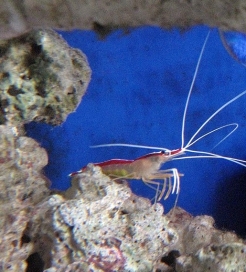 In 2008, a team of researchers demonstrated that when the antennae of prawns are exposed to noxious chemical stimuli, the crustaceans respond with increased grooming of the antennae, yet when an anesthetic is applied, the grooming behavior subsides. The lead researcher concluded that such findings are “consistent with the idea that these crustaceans can experience pain.”[17] And in a 1988 study, a team of researchers from Buenos Aires demonstrated that injections of analgesic and opioid receptor antagonists into male crabs of the species Chasmagnathus granulatus reduced response to electric shock.[18]
In 2008, a team of researchers demonstrated that when the antennae of prawns are exposed to noxious chemical stimuli, the crustaceans respond with increased grooming of the antennae, yet when an anesthetic is applied, the grooming behavior subsides. The lead researcher concluded that such findings are “consistent with the idea that these crustaceans can experience pain.”[17] And in a 1988 study, a team of researchers from Buenos Aires demonstrated that injections of analgesic and opioid receptor antagonists into male crabs of the species Chasmagnathus granulatus reduced response to electric shock.[18]
What is the best explanation of the results of these studies? Clearly, it would appear that crustaceans – including lobsters – possess the capacity for pain and suffering. If this is so, then … lobsters are morally considerable.
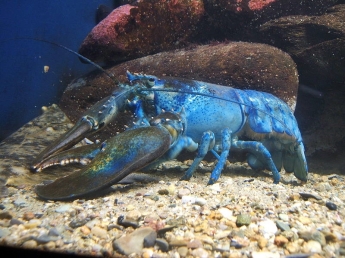 Unfortunately there currently exist no regulations regarding the welfare or treatment of crustaceans, allowing practices in some fisheries that involve the cutting off of claws from live crabs before being thrown back into the sea. Even if one remains skeptical of crustacean sentience, when it comes to issues of welfare it would be most prudent to employ the precautionary principle regarding our treatment of these animals, erring on the side of caution.[19]
Unfortunately there currently exist no regulations regarding the welfare or treatment of crustaceans, allowing practices in some fisheries that involve the cutting off of claws from live crabs before being thrown back into the sea. Even if one remains skeptical of crustacean sentience, when it comes to issues of welfare it would be most prudent to employ the precautionary principle regarding our treatment of these animals, erring on the side of caution.[19]
There is a good chance that the reason why arthropods possess things like nociceptors and opioid receptors (and why crickets get hooked on morphine) is the same reason that we do: because they experience pain.[20] All of this is certainly enough to warrant invoking the precautionary principle, calling us to err on the side of lobster pain. And that’s all I need and have been arguing for in this essay, a biologically weak yet morally profound conclusion indeed.
[1] Assistant Professor in the Department of Philosophy, California State University at Chico. Jones received his PhD in philosophy from Stanford University in 2005 where his doctoral research examined the moral significance of nonhuman animal cognition. His professional research investigates the substantive cognitive properties that bear on the ethical treatment and moral considerability of both human and nonhuman animals. In addition, his research includes food ethics, environmental ethics, mind and cognition, species studies, and the question of what it is to be human. Jones has been a post-doctoral fellow at Stanford University and a visiting researcher for the Ethics in Society Project at Wesleyan University in Connecticut, and most recently a Summer Fellow at the Animals & Society Institute. He has given talks at Stanford, Yale, Wesleyan, UCLA, and the University of Auckland. Jones joined the faculty of California State University, Chico, in 2008 as Assistant Professor of Philosophy.
[2] Jones, R.C., “The Lobster Considered” in Bolger, R. K., & Korb, S. (Eds.). (2014). Gesturing Toward Reality: David Foster Wallace and Philosophy. Bloomsbury Publishing USA.
[3] V Wigglesworth, “Do Insects Feel Pain?” Antenna 1 (1980): 8-9.
[4] C. H. Eisemann, W. K. Jorgensen, D. J. Merritt, M. J. Rice, B. W. Cribb, P. D. Webb and M. P. Zalucki, “Do Insects Feel Pain?-A Biological View,” Cellular and Molecular Life Science 40,2 (1984): 164-7.
[5] Despite Eisemann et al.’s conclusion that the evidence ‘does not appear to support the occurrence in insects of a pain state;’ tellingly, he advises the “experimental biologist … to follow, whenever feasible, Wigglesworth’s recommendation that insects have their nervous systems inactivated prior to traumatizing manipulation. This procedure not only facilitates handling, but also guards against the remaining possibility of pain infliction and, equally important, helps to preserve in the experimenter an appropriately respectful attitude towards living organisms whose physiology, though different, and perhaps simpler than our own, is as yet far from completely understood.”
[6] W. D. Tracey, R. 1. Wilson, G. Laurent and S. Benzer, “painless, a Drosophila Gene Essential for Nociception;’ Cell 113, 2 (2003): 261-73.
[7] D. M. Tobin and C. 1. Bargmann, “Invertebrate Nociception: Behaviors, Neurons and Molecules;’ Journal of Neurobiology 61,1 (2004): 161-74.
[8] G. G. Neely, A. C. Keene, P. Duchek, E. C. Chang, Q. P. Wang, Y. A. Aksoy, M. Rosenzweig, M. Costigan, C. J. Woolf, P. A. Garrity and J. M. Penninger, “TrpA1< Regulates Thermal Nociception in Drosophila;’ PLoS ONE 6,8 (2011): e24343.
[9] V E. Dyakonova, F. Schurmann and D. A. Sakharov, “Effects of Serotonergic and Opioidergic Drugs on Escape Behaviors and Social Status of Male Crickets;’ Naturwissenschaften 86, 9 (1999): 435-37.
[10] Interestingly, the crickets demonstrated a habituation to morphine such that those administered with morphine for just four days did not differ from control crickets in tests on pain sensitivity, and analgesia was achieved only at a higher dose of the morphine for these unfortunate junky crickets.
[11] E. Walters, P. Illich, J. Weeks and M. Lewin, “Defensive Responses of Larval Manduca Sexta and their Sensitization by Noxious Stimuli in the Laboratory and Field;’ The Journal of Experimental Biology 204, 3 (2001): 457-69.
[12] T. Eisner and S. Camazine, “Spider Leg Autotomy Induced by Prey Venom Injection: An Adaptive Response to ‘Pain’?” Proceedings of the National Academy of Sciences 80, 11 (1983): 3382-5.
[13] L. G. Ross and B. Ross, Anaesthetic and Sedative Techniques for Aquatic Animals, 3rd edn (Oxford: Blackwell, 2008).
[14] Barry Magee and Robert W. Elwood. “Shock avoidance by discrimination learning in the shore crab (Carcinus maenas) is consistent with a key criterion for pain;’ The Journal of Experimental Biology 216,3 (2013): 353-8.
[15] It’s worth noting that in response, a spokesman for the European Food Safety Authority pronounced that despite the results of this research, decapods would not be classified as a sentient species and that the subject of pain in crustaceans remained “controversial” and a matter of data interpretation.
[16] R. W. Elwood and M. Appel, “Pain Experience in Hermit Crabs?” Animal Behaviour 77, 5 (2009): 1243-6.
[17] S. Barr, P. R. Laming, J. T. Dick and R. W. Elwood, “Nociception or Pain in a Decapod Crustacean?” Animal Behavior 75, 3 (2008): 745-51.
[18] M. Lozada, A. Romano and H. Maldonado, “Effect of Morphine and Naloxone on a Defensive Response of the Crab Chasmagnathus Granulatus;’ Pharmacology Biochemistry and Behavior 30,3 (1988): 635-40.
[19] Disturbing factoid: Believe it or not, performing open-heart surgery on neonates without anesthesia was common practice in the US and Europe until the late 1980s. (That’s not a misprint!) Surgeons used no anesthesia when operating on infants (since it was “common knowledge” that infants could not feel pain). Instead (and this is the brutal part), doctors would administer paralytic drugs before surgery and no painkiller after surgery. That is, infants would be fully conscious during open-heart surgery but unable to express that they were in pain because they were paralyzed! The reasons that the medical community gave for denying pain in infants included the claims that (a) since babies do not remember pain, pain doesn’t matter, and (b) a baby’s nervous system is insufficiently developed to experience pain.
[20] This is not to say that all similarly functioning characteristics must have evolved through adaptation. It could be the case that nociceptors and opioid receptors originally evolved for some function other than pain perception, but were then co-opted for that function in vertebrates much later, a process biologists call “exaptation.” For example, feathers, which initially evolved for heat regulation, were later co-opted for use in flight. However, there is little evidence that vertebrate pain mechanisms are the result of exaptation and not adaptation.
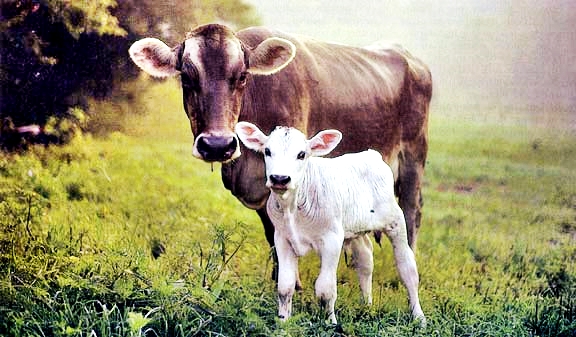
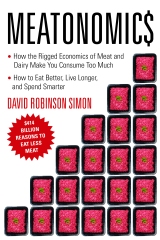
 There are plenty of beliefs that, taken together, perpetuate the meat-eating culture. Take the belief that “we are what we eat.” The Hua tribe of Papua, New Guinea, think that children will grow fast if they eat fast-growing plants, while the men of
There are plenty of beliefs that, taken together, perpetuate the meat-eating culture. Take the belief that “we are what we eat.” The Hua tribe of Papua, New Guinea, think that children will grow fast if they eat fast-growing plants, while the men of 

